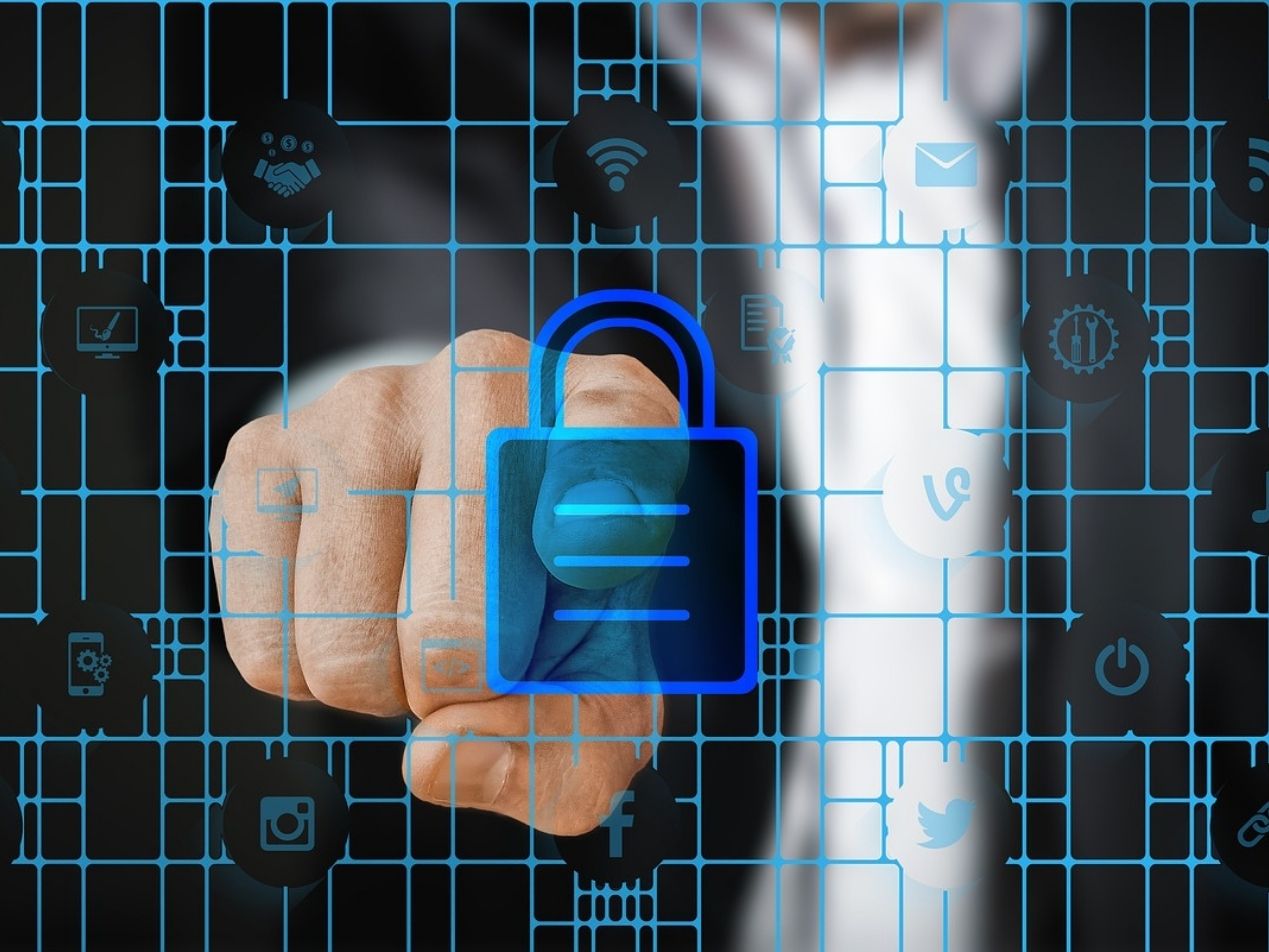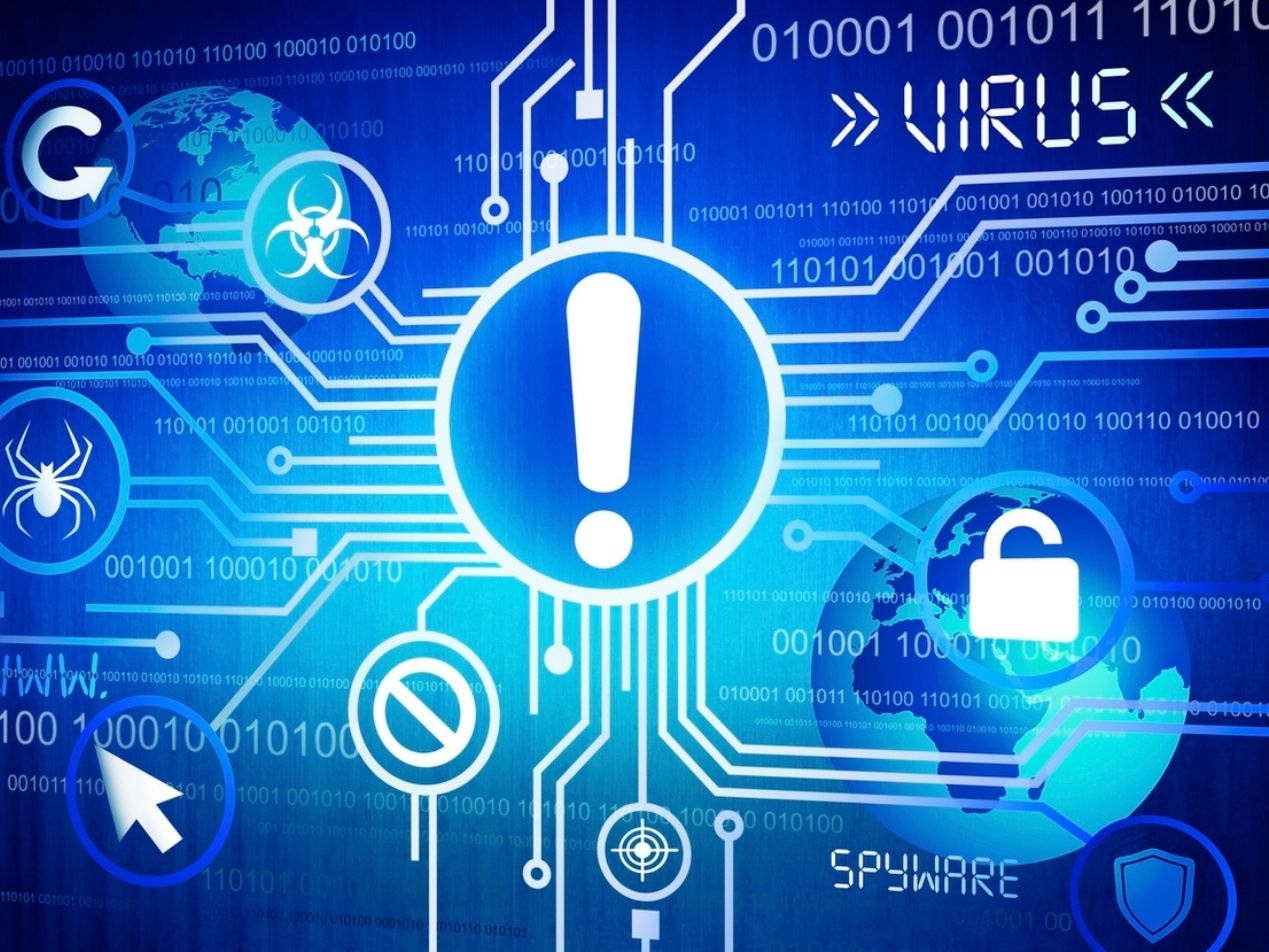
HIPAA compliant email is crucial for healthcare professionals to safely communicate with their patients. But covered entities should also consider protecting their network from email security attacks. An extra layer of security can prevent the loss of sensitive information and help stay in compliance with HIPAA. Knowing the different types of email security attacks can give healthcare professionals the knowledge they need to prevent cybercriminal activity from entering their network system. Let's evaluate common email security attacks and what covered entities can do to protect themselves.
Phishing
According to the FBI, phishing was the most common email attack in 2020. It created a monetary loss of over 54 million dollars and had almost 250,000 victims. Phishing email attacks come in many forms, but they are all designed for the recipients to share personal information with hackers like login credentials or bank account numbers. Cybercriminals may even target you or your organization directly, which is known as spear phishing. Email phishing schemes tend to look professional and trustworthy, which can cause recipients to trust the email sender. Phishing emails often make urgent requests for the recipient to send them sensitive information. Cybercriminals then use this information to further exploit the person or company.
Read more: What is a man-in-the-middle (MITM) attack?
Spam
Unlike phishing attacks, spam is always sent en masse. And people get a lot of spam. In March 2021 alone, 45.1% of email traffic was labeled as spam. Many healthcare providers only view spam as unwanted marketing emails that can affect productivity, but it can turn into something far more threatening. Spam can also carry other email threats like malware. A seemingly harmless marketing email could actually be used to infiltrate your network.
Business email compromise
Business email compromise (BEC) is an email attack when the cybercriminal poses as an important person of the company. This enables a false sense of trust and the recipient will send sensitive information to the sender. It's usually accomplished by using display name spoofing.
Cybercriminals will use email addresses that are similar to real executives within a company. If not looked at closely, a recipient will assume that it's the correct address and respond to it. After all, you don't want to keep your boss waiting for a reply. BEC is often used to trick recipients into paying fake invoices, transferring funds, or sending sensitive information.
Read more: Human error is inevitable - robust email security is a must
Social engineering scams
You may have noticed a common trend in email security attacks. They often rely on social engineering for successful hacks. Social engineering is used to manipulate human psychology to fall for a cybercriminal's trap. It's an essential component of targeting the weakest link in the cybersecurity chain - human error. Social engineering scams usually entice a recipient to open malicious files or links. They may offer the recipient something that is too good to be true and ask them to click on a link to claim it.
Malware
Malware is a broad term that encompasses malicious software intended to exploit sensitive information in a network. Some forms of malware include viruses, adware, ransomware, and more. Unlike the previous examples of email security attacks, malware isn't a method to infiltrate a network system. Malware is what cybercriminals want to introduce to your system once an employee falls for an email scam. Malware is what causes data breaches, ransom demands to return stolen data, and HIPAA violations for not keeping protected health information (PHI) secure.
How to prevent healthcare email security attacks
While some healthcare professionals may view email cybersecurity as an expensive investment, it's far cheaper in comparison to getting hacked. This is true for even small healthcare practices. One report states that small businesses with 1-250 employees are more likely to receive malicious emails compared to large organizations with 1,000-1,500 employees.
Some of the methods you can do to have a robust email security system include:
- Conducting employee training on cybersecurity
- Use email filters to block malicious emails
- Require two-factor authentication
- Set up email archiving
- Implement data loss prevention (DLP) rules
Implementing email cybersecurity protocols is a relatively simple process with Paubox Email Suite. Our HIPAA compliant email software lets healthcare providers send encrypted emails directly to a patient's inbox. There is no need for patient portals or login credentials to safely communicate with your patients. It's also easy for your employees to use. Paubox seamlessly integrates with popular email providers such as Google Workspace and Microsoft 365. An upgrade to Paubox Email Suite Plus or Premium will also give you access to our robust inbound security tools. This will ensure email security attacks don't even reach your employee's inboxes and prevent human error from enabling a data breach. Our HITRUST CSF certified software is ready to protect you from security threats.
Subscribe to Paubox Weekly
Every Friday we'll bring you the most important news from Paubox. Our aim is to make you smarter, faster.



